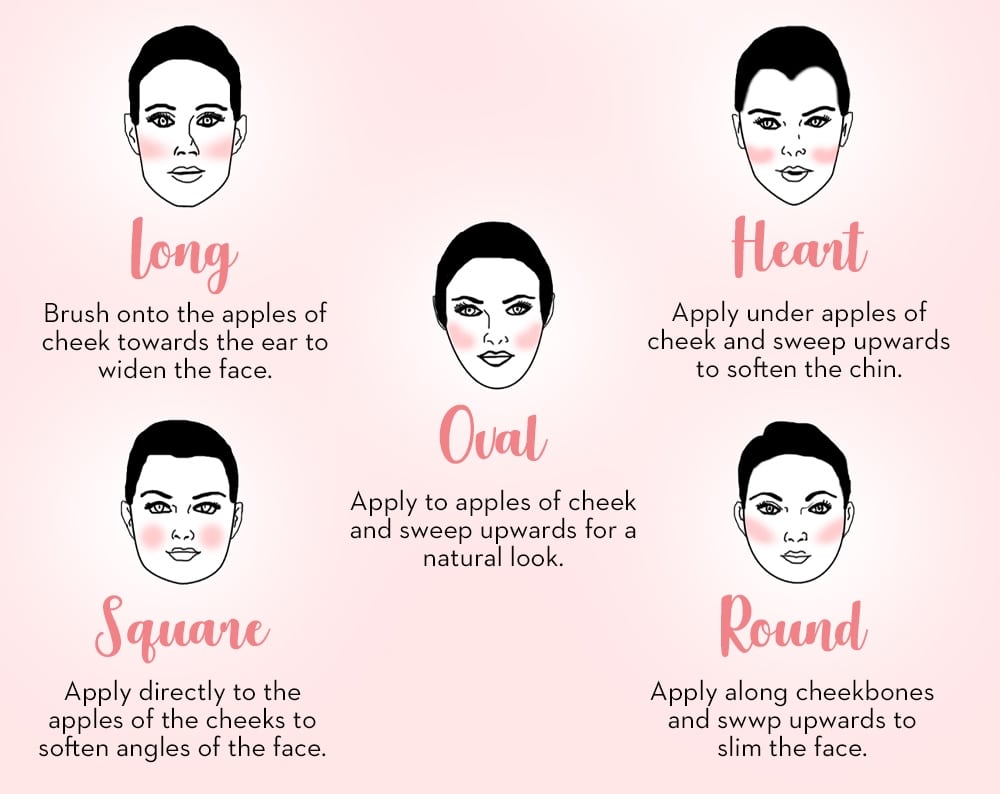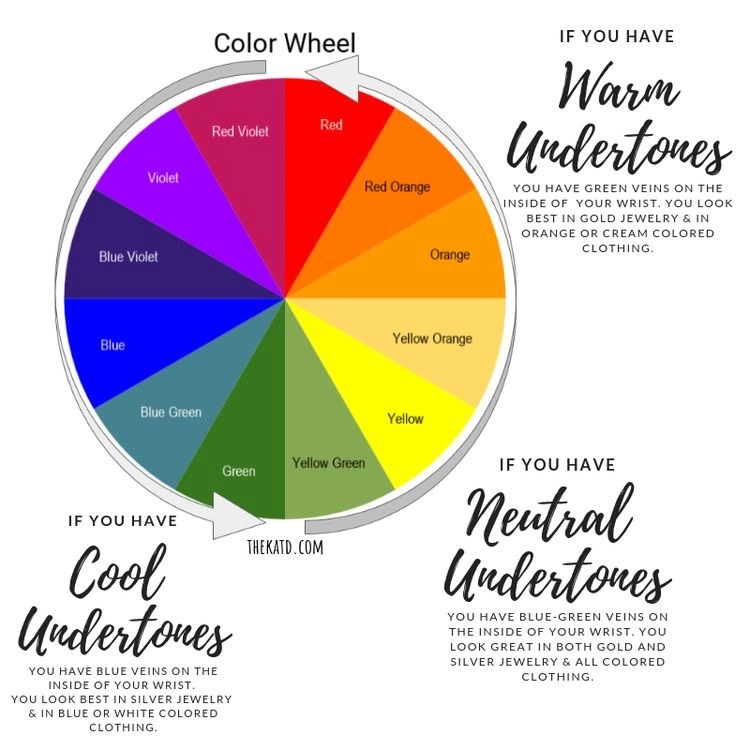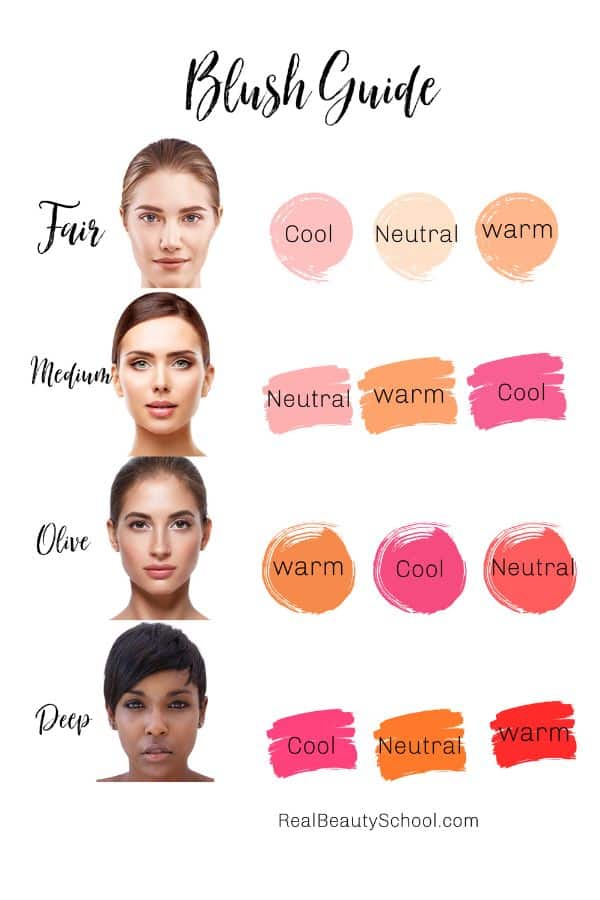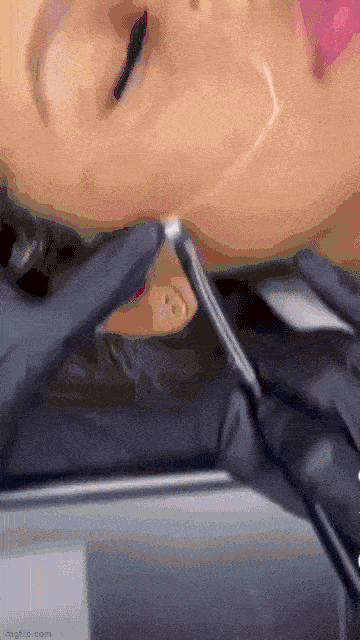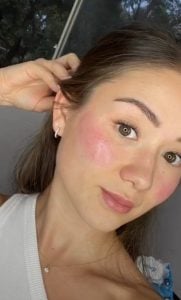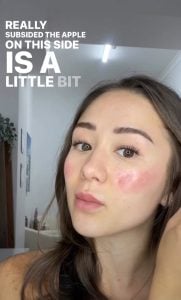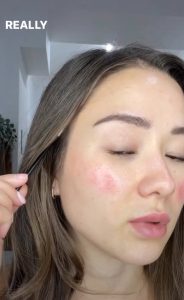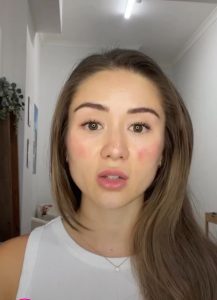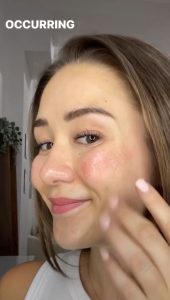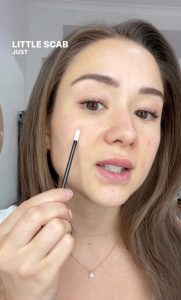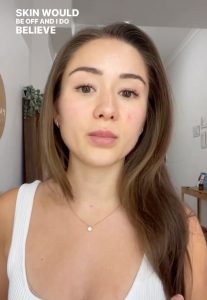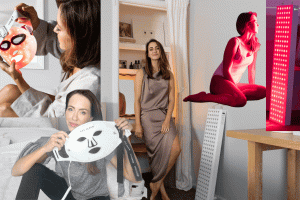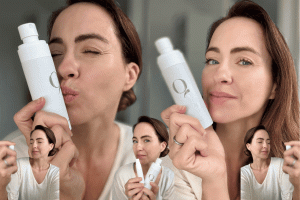Benefits of Permanent Blush Tattoo
Time-Saving Beauty Routine: One of the primary advantages of permanent blush tattoo is its time-saving nature. No longer will you need to apply blush daily; your cheeks will be beautifully blushed, even and natural, from the moment you wake up.
Waterproof and Sweat-Proof: Unlike traditional blush that may fade or smudge throughout the day, permanent blush tattoo remains intact through sweat-intensive activities, such as swimming or workouts, ensuring a lasting rosy glow.
Customisable and Natural-Looking: Skilled micropigmentation artists can tailor the blush shade and placement to create a personalised and natural-looking result that complements each individual’s unique features.
Risks of Cheek Blush Tattoo
Allergic Reactions: Some individuals may be sensitive or allergic to the pigments used in the tattoo, which can lead to skin irritation, redness, or swelling.
Infection: As with any tattooing procedure, there is a risk of infection if proper sanitation and hygiene practices are not followed during and after the process.
Colour Fading or Change: Over time, the blush tattoo may fade or change colour due to factors such as sun exposure, skin type, and individual healing processes. If you are unsatisfied with the results and wish to remove or alter the blush tattoo, the process can be challenging and may require multiple laser tattoo removal sessions.
Scarring: In some cases, scarring may occur if the skin does not heal properly after the procedure.
To minimise risks and ensure the best possible outcome, it is crucial to choose a certified experienced micropigmentation artist who follows strict safety and hygiene protocols. Following the collect after-care protocol advised by the tattoo artist is also vital to ensuring proper healing. Not everyone is a candidate for this procedure, therefore the artist must assess your suitability for the procedure. Generally, people with acne, may not be suitable for this procedure, as it could aggravate the skin and the colour may not look as even.


